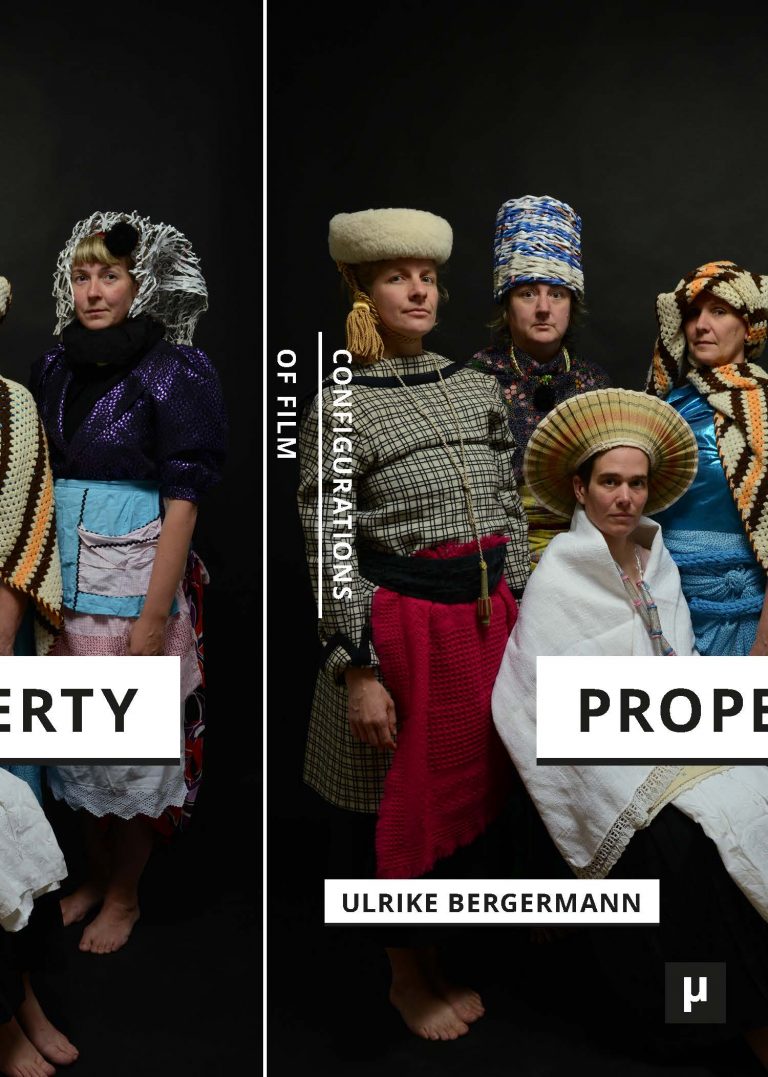Tacit Cinematic Knowledge
Approaches and Practices
Moving images are increasingly finding their way into laboratories, dentist offices, clinics, airports and gyms. In these places and institutions film and moving image technologies serve to advance knowledge, to show how things are done, to train, teach, educate, mobilize people, as well as to imagine complex social facts and visualize dynamic models and schemes through data visualizations, pattern recognition software, and in social graphs. But what these moving images do goes beyond instruction, illustration and visual education. This publication introduces the concept of tacit cinematic knowledge to designate a broad variety of epistemic environments in which knowledge is configured in and through cinematic practices, and in the interaction with moving images. The concept thus describes a challenge not only for film and media scholars, but also for social scientists, economists, data analysts and artists.
Covering areas of study beyond the cinema and non-theatrical films which have recently become a focus of inquiry, the contributions analyze the operations of tacit cinematic knowledge in objects ranging from political campaigns, medical and scientific devices, corporate communications, devices for the study of animal behavior and more.
For more information on the Tacit Cinematic Knowledge project, please visit tacit-histories.com.

















